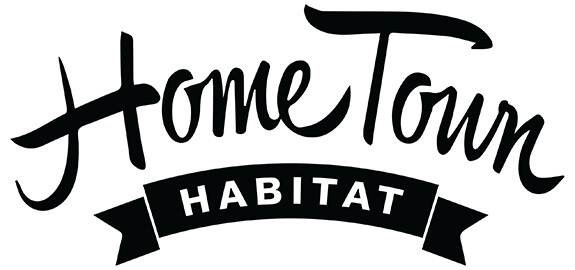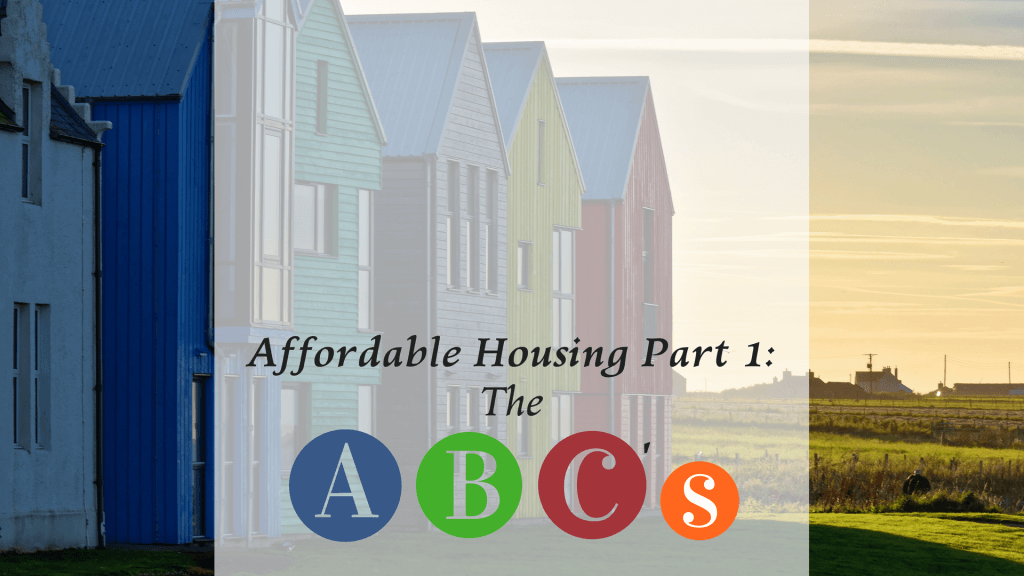Affordable Housing Part 1: The A, B, C’s
A is for Affordable…
“Can we afford it?”
This is one of the first questions any renter or home buyer should be asking. But what, exactly, does ‘affordable’ mean? What’s affordable to you might not be to me. Is this just a philosophy about how to handle money or is this something more concrete and measurable?
It’s actually very straight-forward. The term ‘affordable housing’ means that the household spends no more than 30% of their total household income on rent plus utilities.
Why?
Because households need money left over to pay for things like food, transportation, and healthcare—known as non-discretionary spending (these are ‘needs’ not ‘wants’).
“Housing expenditures that exceed 30 percent of household income have historically been viewed as an indicator of a housing affordability problem. The conventional 30 percent of household income that a household can devote to housing costs before the household is said to be “burdened” evolved from the United States National Housing Act of 1937” (1).
The Housing Act created the nation’s public housing program to serve families with the very lowest incomes. Since then, a variety of definitions were used to establish what was considered ‘affordable’ for public housing rents. By 1981, the 30% benchmark was put into place and has remained the standard.
This benchmark eventually became part of the home-buying process when lenders began using it as part of their evaluation of a buyer’s ability to repay the loan, especially if the borrower had other debts to pay. However, in mortgage-lending land, “rent plus utilities” was replaced by the PITI factor: this is the combined total of the loan’s Principle, Interest, Taxes, and Insurance. “Through the mid 1990s, underwriting standards reflected the lender’s perception of loan risk. That is, a household could afford to spend nearly 30 percent of income for servicing housing debt and another 12 percent to service consumer debt. Above these thresholds, a household could not afford the home” and the lender wouldn’t take the risk of the buyer defaulting (1).
This benchmark helps families and landlords or lenders objectively gauge the household’s ability to handle the financial burden of the monthly housing payment. Whether it’s a rental or a purchase, then, it’s a very helpful tool and one we’ll come back to later in this series. The big question now is: based on this definition of ‘affordable’ what are my options if I can’t find a place I can afford?
If that’s the case, then it’s time to look at the variety of programs in place to help make housing affordable, whether it’s a rental or a home purchase. We’ll look at some of those next time and also consider why affordable housing is important…not just for a family but also for the entire community.
Your turn: Calculate what percent of your household income is used to pay for your housing (rent + utilities, or mortgage PITI). Next, ask others you know to do the same. Consider asking employees, young singles or marrieds, etc. Discuss how your and their situations would look if 50% or more of your total household income went to pay for housing. What other expenses would be affected?
(1): https://www.census.gov/housing/census/publications/who-can-afford.pdf


